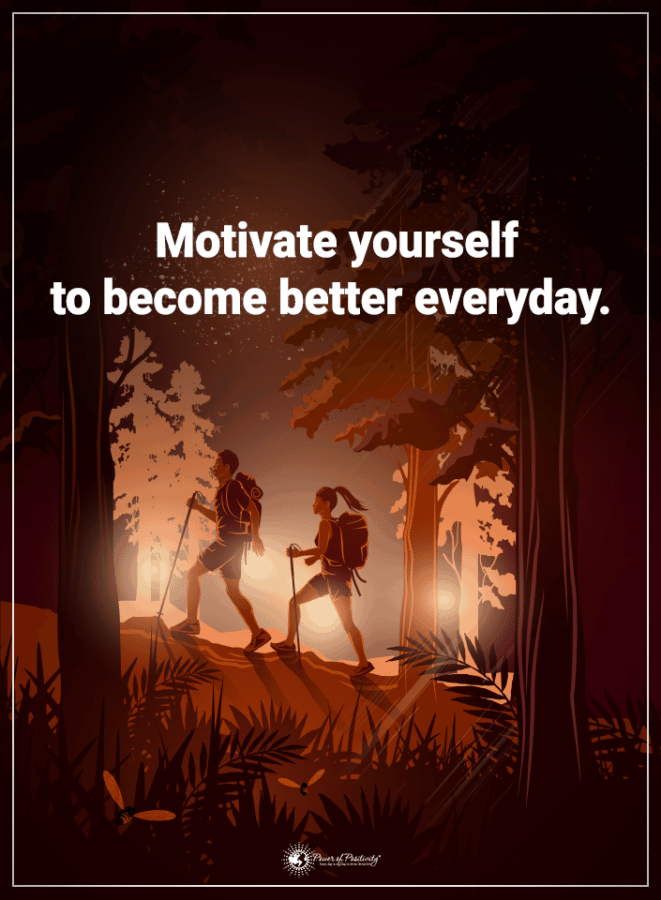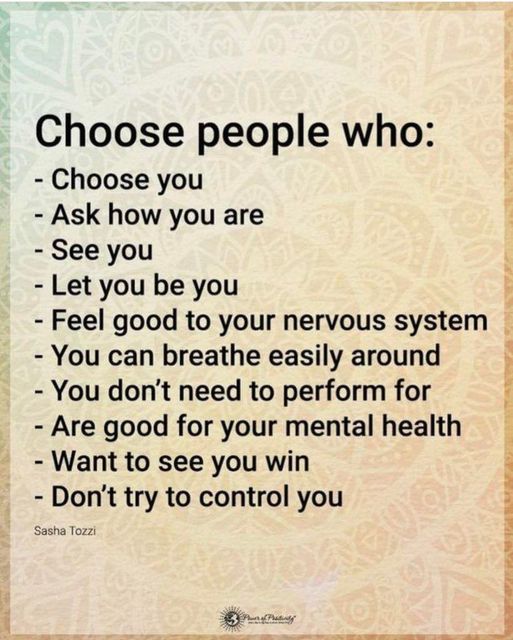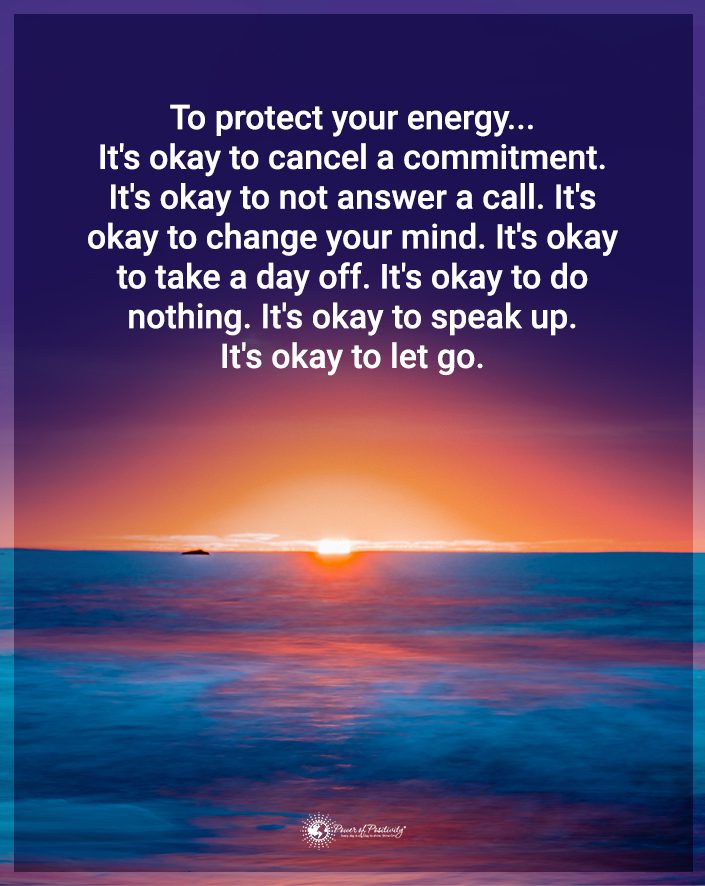Ask a hundred people what the most important thing in their life is, and the odds are good that most people – if not all – will say their family. (There are narcissists out there, folks!)
But as with so many other important things, the busyness and stress of life can cause us to lose track of our priorities – even when it involves our loved ones.
This article focuses on ten things that produce happy families based on research.
Let’s get to it!
Here are the ten things:
Our Family is a circle of strength and love … Our Family, with every birth and every union, the circle grows … Our family is a circle of strength, every crisis faced together makes the circle stronger.~ Unknown
1) Make the effort
We instinctively grasp the importance of making incremental progress in many areas of our life. We set goals and make an effort–and do what we need to do.
Some of us, however, don’t emphasize enough the importance of working towards a happier family.
If we work together as a family, we can develop and improve the happiness and cohesion of the household. But, as with all things worthwhile, it requires effort and dedication.
2) Create a mission statement
Set aside some time and talk about what it truly means to be a family. What are your values?
Successful philanthropic organizations have detailed well-crafted mission statements. Same goes for successful companies and other entities. Mission statements serve as the foundation for every decision. Loving families can do the same.
So start the conversation. Identify what your central values are as a family. Identify the type of family you want to be.
3) Give the kids some authority
Scientists at the University of California discovered that parents who empowered their children to plan their own time, set weekly goals, and evaluate their progress develop the areas of the brain responsible for executive skills.
Executive skills help children avoid distractions, exert self-discipline, and evaluate the consequences of their choices.
4) Share your family history
Researchers at Emory University discovered that the more knowledge a child possessed about their family history, the higher their degree of self-confidence.
Perhaps the most surprising finding is that knowledge of family history is the number one predictor of a child’s emotional well-being.
Teach your kids to remember where they came from – it’s a valuable lesson.
5) Practice effective mediation
Bruce Ury is the co-author of the classic book Getting to Yes, the best-selling book on negotiation in the world.
Ury found that implementing a three-step process can help parents and their children successfully and affectionately resolve disputes.
– Separate everybody, including yourself.
– Placing them in a visible area (e.g., the family table); involve the children by asking them to come up with three alternatives to the conflict.
– Bring everyone back into a room and discuss the situation. Ask your kids which one of the three solutions they like best.
“Don’t be a dictator unless you have to be,” Ury adds.
6) Be part of a community
Research has shown that having a community of ten supportive friends make families happier.
Professors Chaeyoon Lin and Robert Putnam found that families who are involved in a religious community, in particular, score higher on overall measures of happiness and well-being.
Lin and Putnam note that religious preference didn’t matter in their 3,000 person study. What did matter is the number of friends in the religious community – and they found that 10 is the sweet spot.
7) Limit Stress
Ellen Galinsky, President and Co-Founder of the Families and Work Institute (FWI), distributed a survey to over a thousand families.
In the survey, children were asked a simple question:
“If you were granted one wish about your parents, what would it be?”
The most common response was that the parents were less tired and less stressed.
Here’s the thing: our emotions needn’t dictate our behaviors. Let’s show our children more positivity and less stress!
8) Eat dinner together
A 16-year study conducted by researchers at the University of Michigan found that the number of time children spent eating meals at home was the top predictor of improved academic achievement and fewer behavior-related problems.
The study discovered that eating together as a family was more important than:
– time spent in school
– time spent studying
– playing sports
– attending religious services
9) Get the grandparents involved
If you’re fortunate enough to have your parents still around, you should know (if you don’t already!) that grandparents are some of the best teachers.
Among other things, grandparents teach kids social skills, compassion, and how to be considerate.
An interview-based study of over 400 adolescents at Brigham Young University found that a positive correlation between the amount of time a child spends with their grandparents – and social ability, school involvement, and acts of kindness.
10) Hold family meetings
Donning your parent/CEO cap, sit the family down for a meeting once a week.
Bruce Ury shares what his family does:
“We basically ask three questions. What worked well this week, what didn’t work well this week, and what will we agree to work on in the week ahead?
And if the kids meet the goal, they get to help pick a reward. And if they don’t, they get to help pick a punishment. They don’t do it without us, but we all do it in consultation.”










